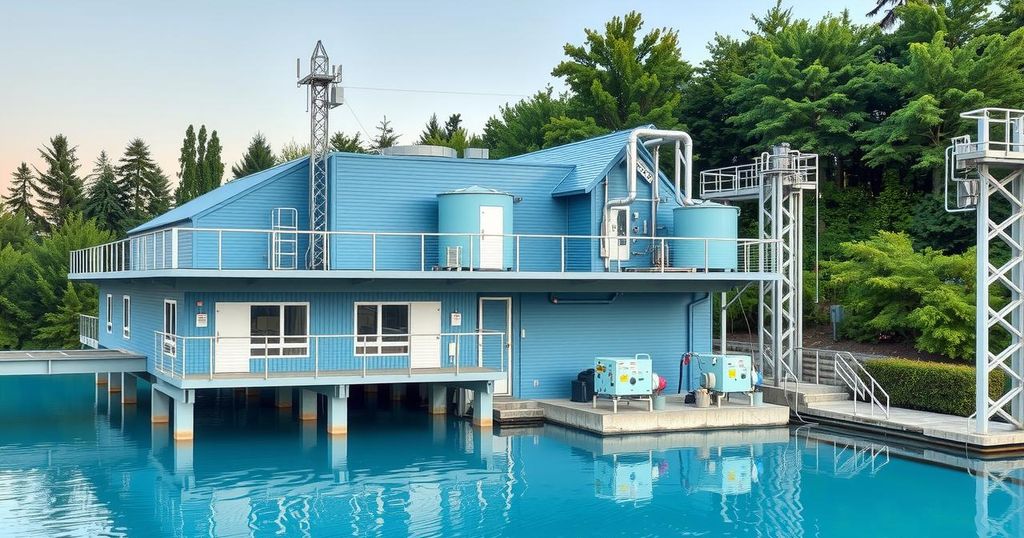Anacortes, Washington Enhances Water Treatment Plant for Climate Resilience

Anacortes, Washington, is upgrading its water treatment plant to handle increased climate risks. By collaborating with organizations to assess vulnerabilities and incorporating new design strategies, the city aims to protect the facility from flooding and other climate impacts, with an anticipated cost of $56 million.
The city of Anacortes, Washington, has recognized the urgent need to enhance its water treatment plant due to vulnerabilities stemming from climate change and current flood risks. Serving a population of 56,000, the plant, initially designed for 21.4 million gallons per day (mgd), is set for an upgrade to 31.5 mgd capacity. Although relocating the facility from its floodplain location was deemed financially unfeasible, city officials opted to reconstruct it at the existing site while incorporating climate projections into their planning efforts.
In collaboration with non-profit organizations, the city assessed various climate risks affecting the plant. These risks include increased storm intensity, saltwater intrusion, and higher sedimentation levels. Climate data projected until 2080 highlighted an expanded floodplain, a significant surge in suspended sediment, and saltwater wedge migration due to rising sea levels. Understanding these vulnerabilities was crucial for developing effective adaptation strategies in the facility’s design.
To mitigate risks associated with future flooding, Anacortes officials implemented several engineering strategies during the plant’s reconstruction. These included maintaining a construction elevation above the 100-year flood level, raising vital electrical equipment, using waterproofing techniques, and constructing ring dikes. The facility’s rebuild on site is estimated to cost $56 million, enhancing its preparedness for increased service demand and projected climate impacts.
The U.S. Environmental Protection Agency (EPA) offers tools such as the Coastal Inundation Toolkit, which aids utilities in understanding facility vulnerabilities linked to sea level rise and storm surges. Additionally, the Creating Resilient Water Utilities Adaptation Strategies Guide provides utilities with low-cost strategies for climate adaptation in their designs. The Climate Resilience Evaluation and Awareness Tool (CREAT) also assists in conducting vulnerability assessments to identify information gaps and further research needs.
For further context, similar case studies illustrate various communities addressing climate vulnerability in water utilities. Examples include Manchester-by-the-Sea, which analyzed sea level rise impacts, and Iowa City, which closed a vulnerable wastewater facility to relocate to a safer site. In Washington, D.C., initiatives such as green infrastructure have been implemented to mitigate stormwater challenges and reduce flooding risks.
In conclusion, Anacortes, Washington, is taking significant steps to enhance its water treatment plant by addressing vulnerabilities associated with climate change. Through careful analysis and implementation of advanced engineering strategies, the city aims to fortify the facility against future climate risks while meeting the growing demand for water service. The utilization of EPA resources further supports the city’s efforts in developing resilient water utilities that can withstand changing environmental conditions.
Original Source: www.epa.gov







